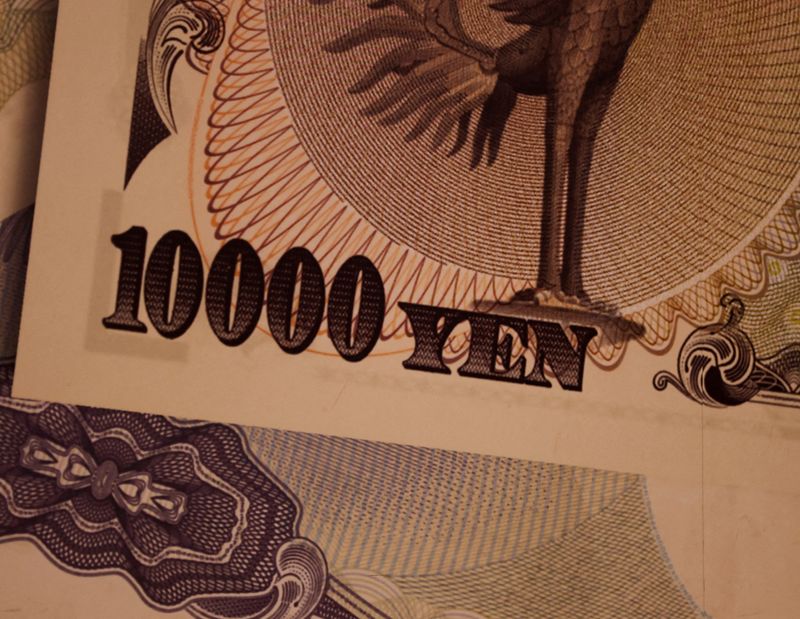
Stefano Rebaudo
(Reuters) – The yen hit a new 34-year low against the dollar and a 16-year low against the euro on Thursday as investors expect the Bank of Japan’s policy meeting, which ends on Friday, will not be aggressive enough to support Japanese currency. .
A day earlier, the buoyant dollar rose above 155 yen for the first time since 1990 after trading in a tight range for several days.
The dollar rose to a 34-year high of 155.74 yen on Thursday and was last up 0.2% at 155.62.
Some market participants see the 155 level as a line in the sand that will prompt Tokyo authorities to take action.
The euro hit a 16-year high of 166.98 yen and was last up 0.45% at 166.95.
Japanese authorities are “between a rock and a hard place,” said Athanasios Vamvakidis, global head of G10 FX strategy at BofA. “If they don’t intervene, a break above 155 could attract speculative flows as markets await intervention.”
“If they buy the yen, there could still be pressure as many investors are waiting for intervention to sell the Japanese currency,” he added, arguing that the yen could reach 160 even if there is intervention.
Bank of Japan Governor Kazuo Ueda is expected to remember the episode in 2022 when his predecessor’s dovish remarks triggered a fall in the yen, forcing Tokyo to intervene to support the currency.
However, the prospect of continued low rates in Japan for an extended period and expectations of a delayed start to US rate cuts continue to weigh on the yen.
remove advertising
.
Analysts expect the BOJ meeting to produce a somewhat hawkish outcome, with the central bank perhaps simply announcing a slight reduction in its bond-buying plans.
However, the dollar suffered some losses against other currencies after falling slightly earlier in the week when upbeat business activity data in the eurozone and Britain lifted the euro and sterling.
The euro was last seen up 0.25% at $1.0724, retreating from more than a one-week high on Wednesday, while sterling was up 0.4% at $1.2511.
Consumer sentiment in Germany will rise in May amid more optimistic expectations for household income, according to the survey.
The dollar fell 0.2% to 105.59 against a basket of currencies, although it recovered from a nearly two-week low in the previous session.
Investors are awaiting U.S. economic data later in the session, with analysts noting the headline first-quarter U.S. gross domestic product (GDP) price deflator, which could provide guidance for Friday’s release of the Personal Consumption Expenditures (PCE) price index, the Federal Reserve’s preferred measure. . inflation sensor.
“Today’s core PCE deflator for the first quarter could have a significant impact on the market,” said Chris Turner, global head of markets and regional head of research at ING.
“Being long the dollar is quite a rich trade, and the fairly sharp sell-off in the dollar earlier this week on the back of weak US PMI numbers served as a reminder that going long the dollar is not bulletproof.”
Some analysts have recently said they could change their bullish view on the dollar if weak dollar rhetoric and real policy proposals, such as taxing capital gains, begin to appear in official political campaigns. If such developments do not occur, they will maintain a positive attitude towards the US currency.
remove advertising
.
“Until the rest of the world begins to outperform the US, and until the Fed sets a clearer horizon for when to begin easing policy, we continue to believe the market will have difficulty rallying against the dollar,” Thierry said. Wiseman is a global forex and betting strategist at Macquarie.
Trading in Asia was sluggish as Australian markets closed for the holidays.
The rise was 0.45% to $0.6526, helped by the Reserve Bank of Australia’s (RBA) rate cuts this year after the country’s consumer price inflation slowed less than expected in the first quarter.


